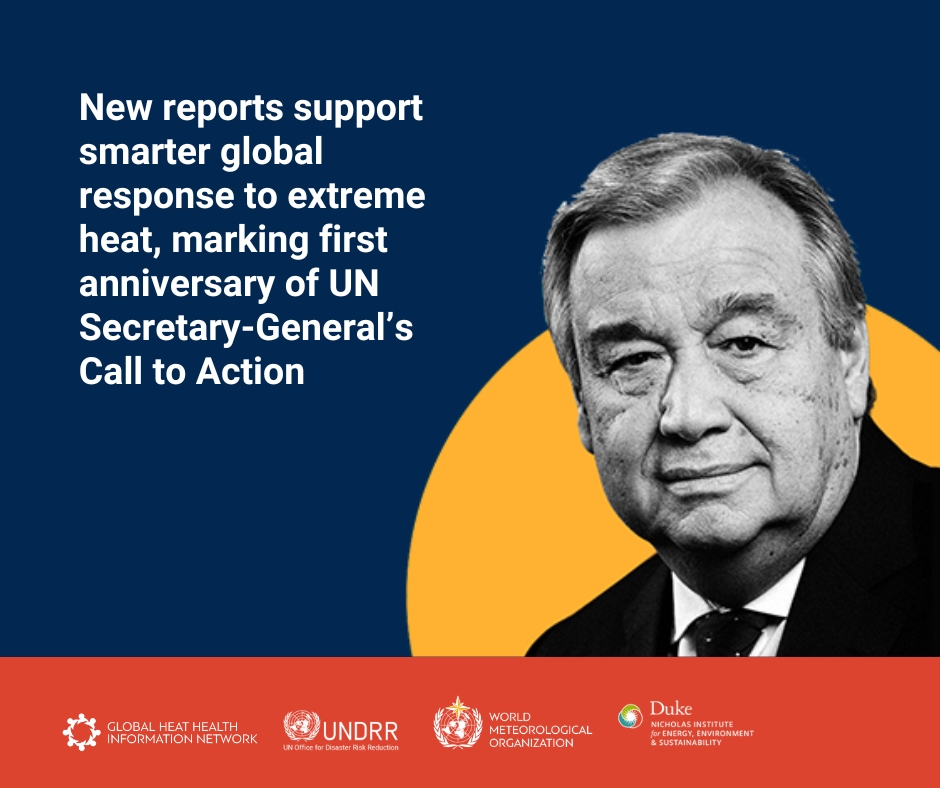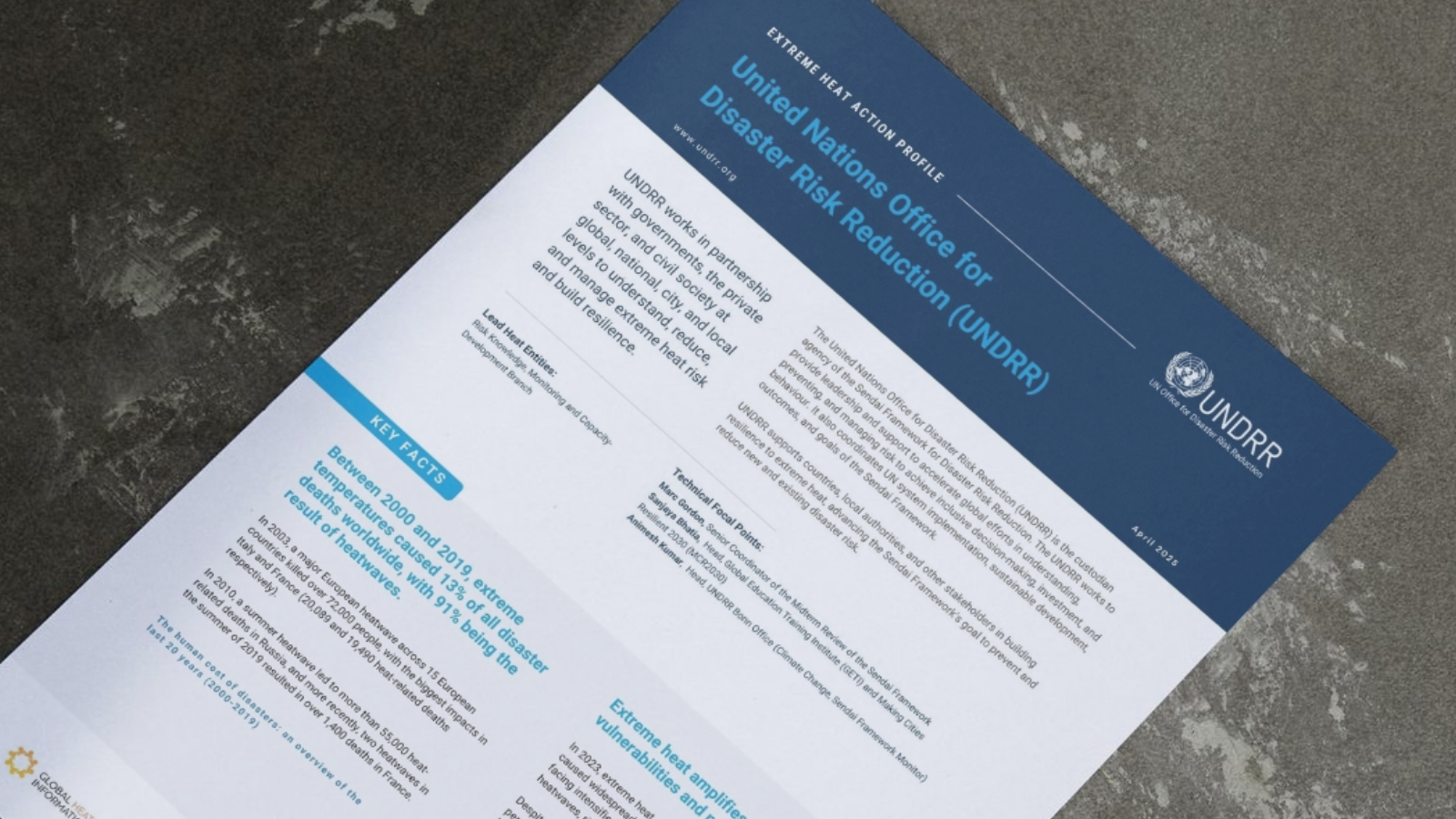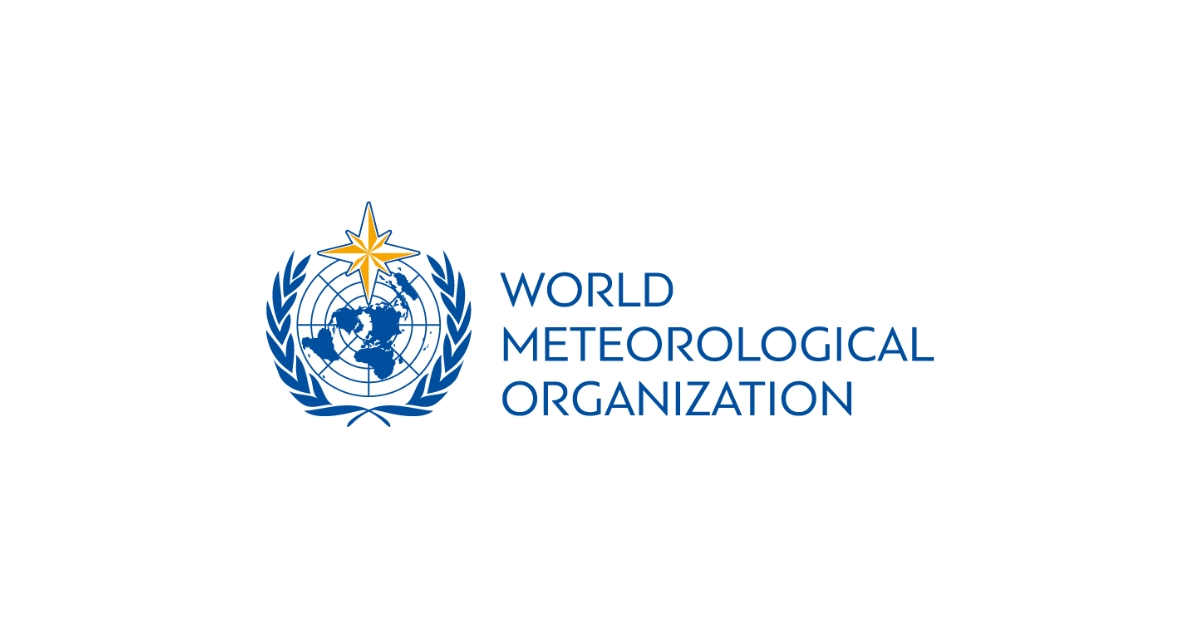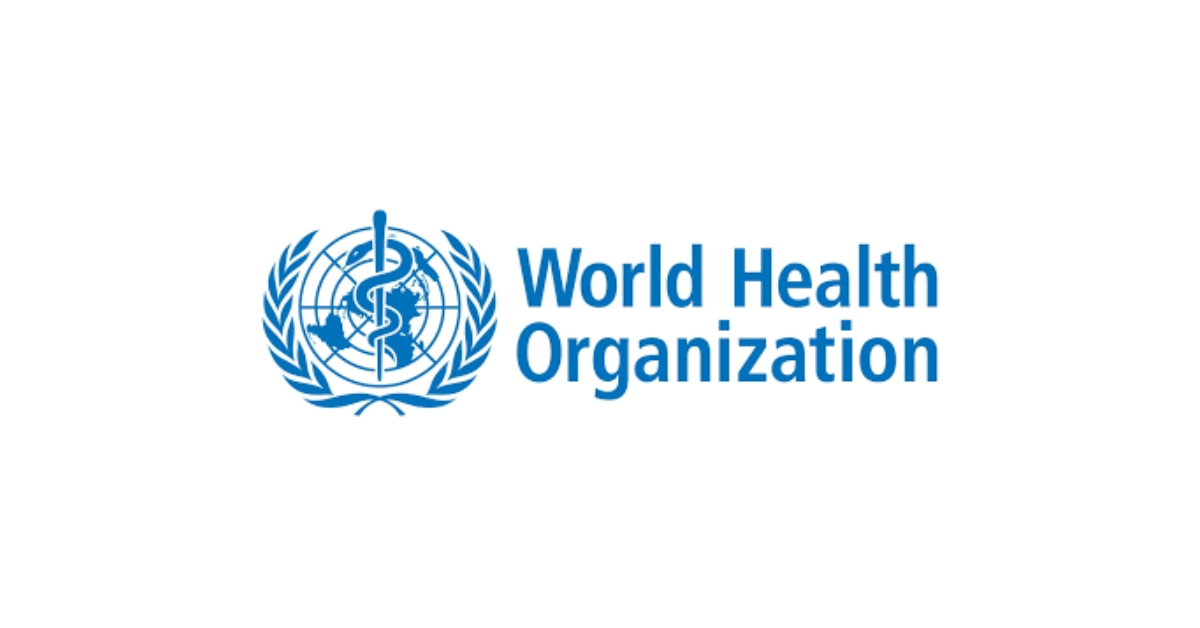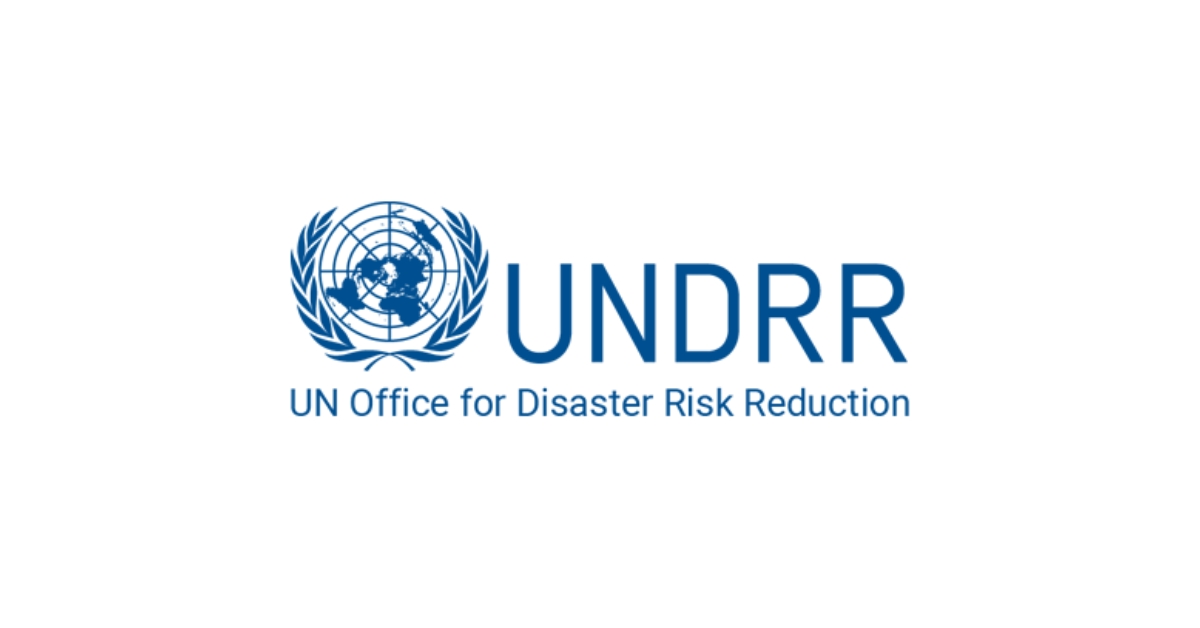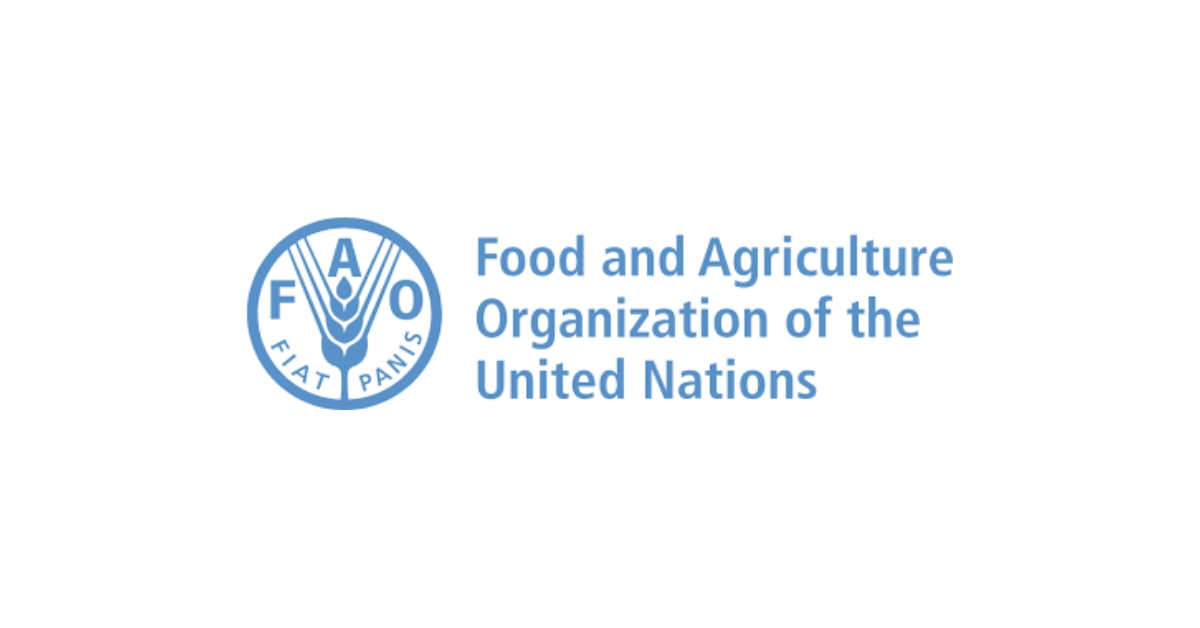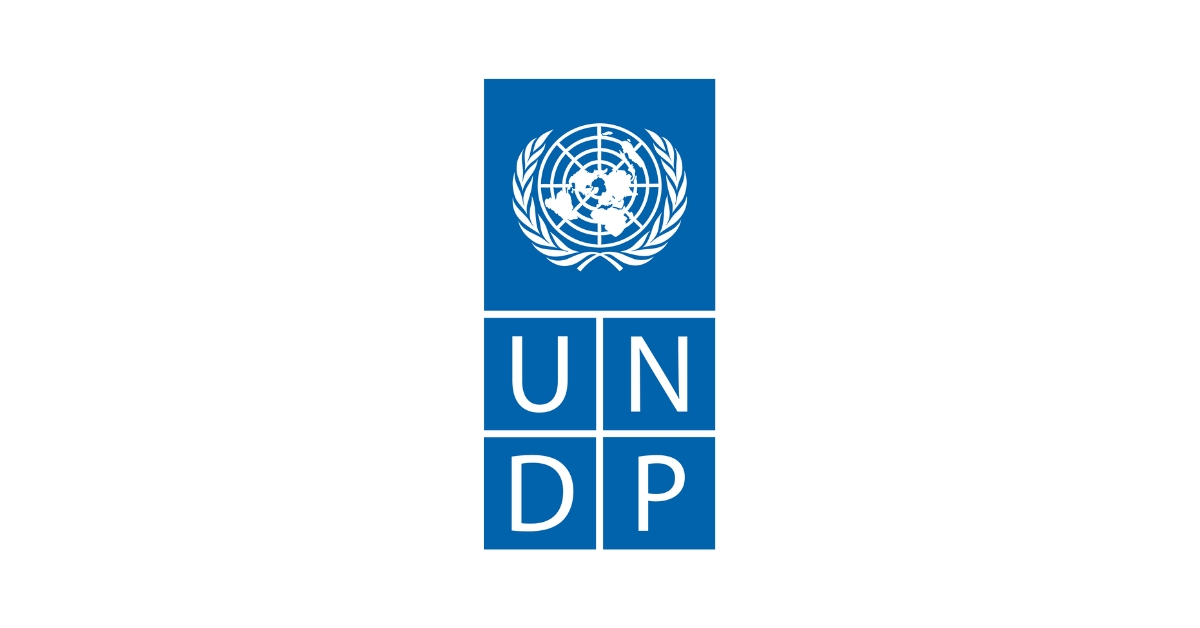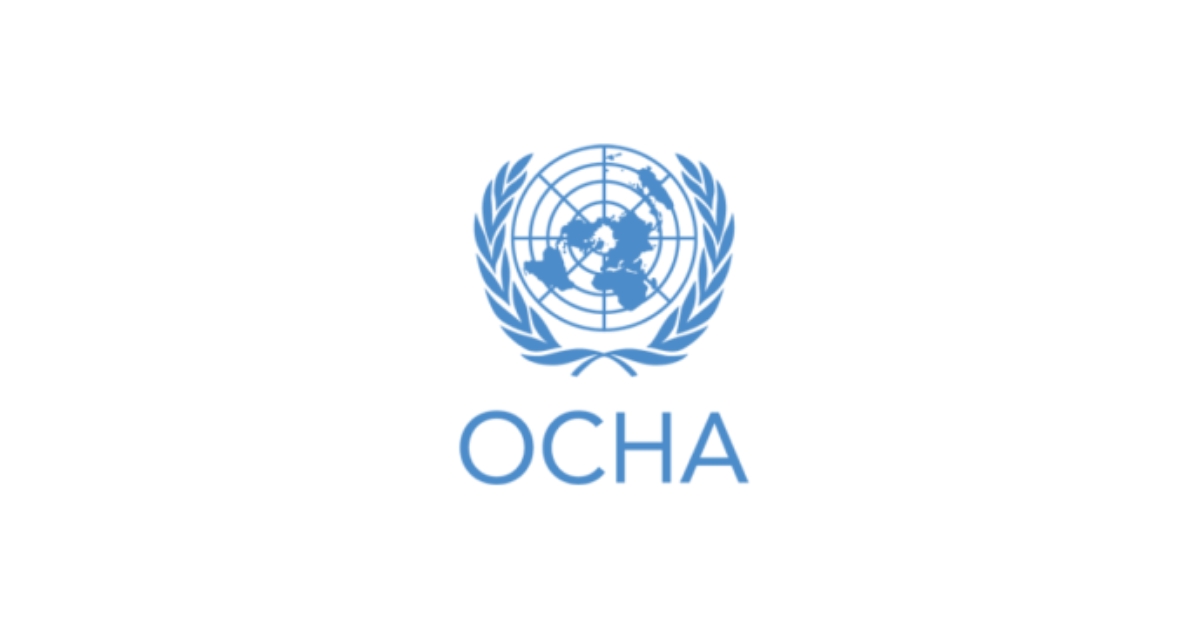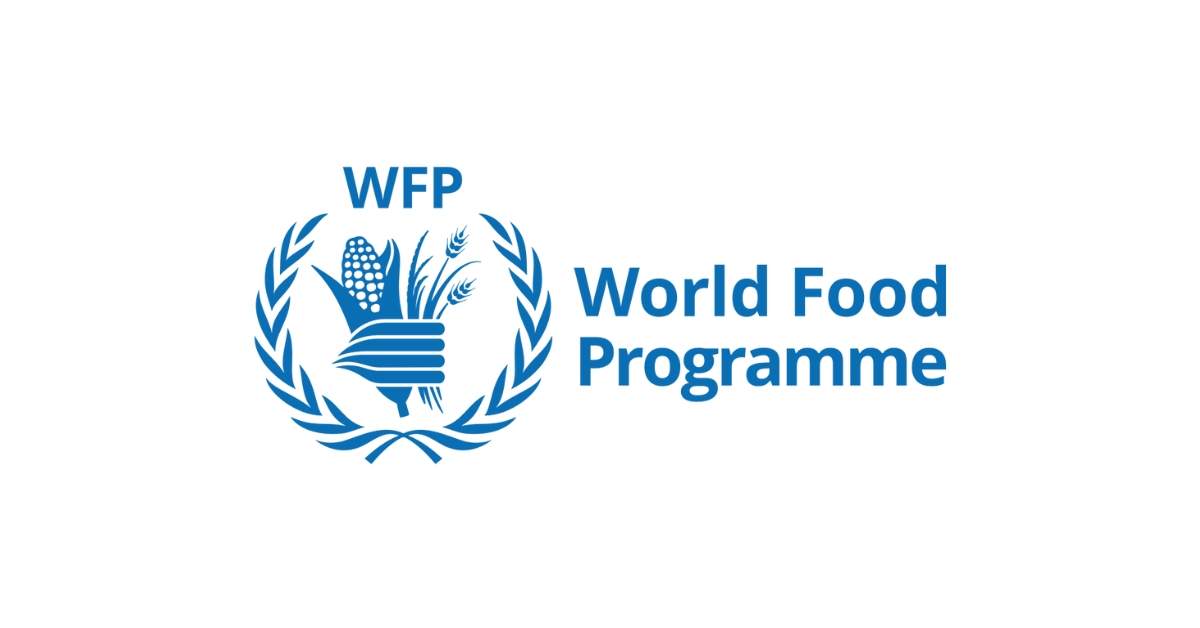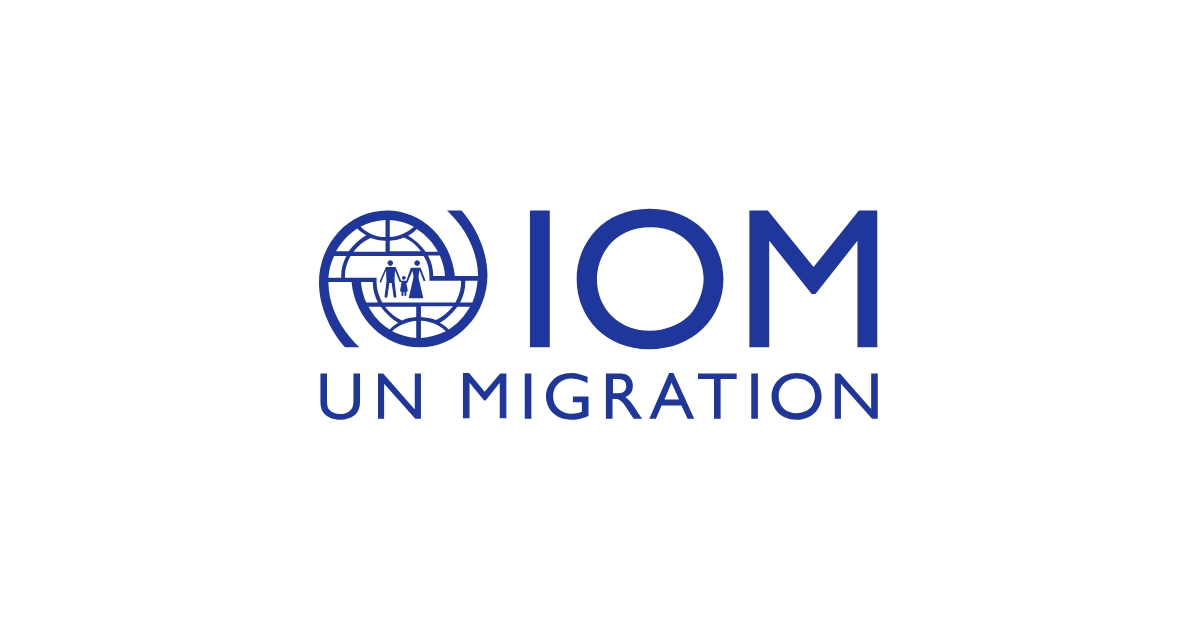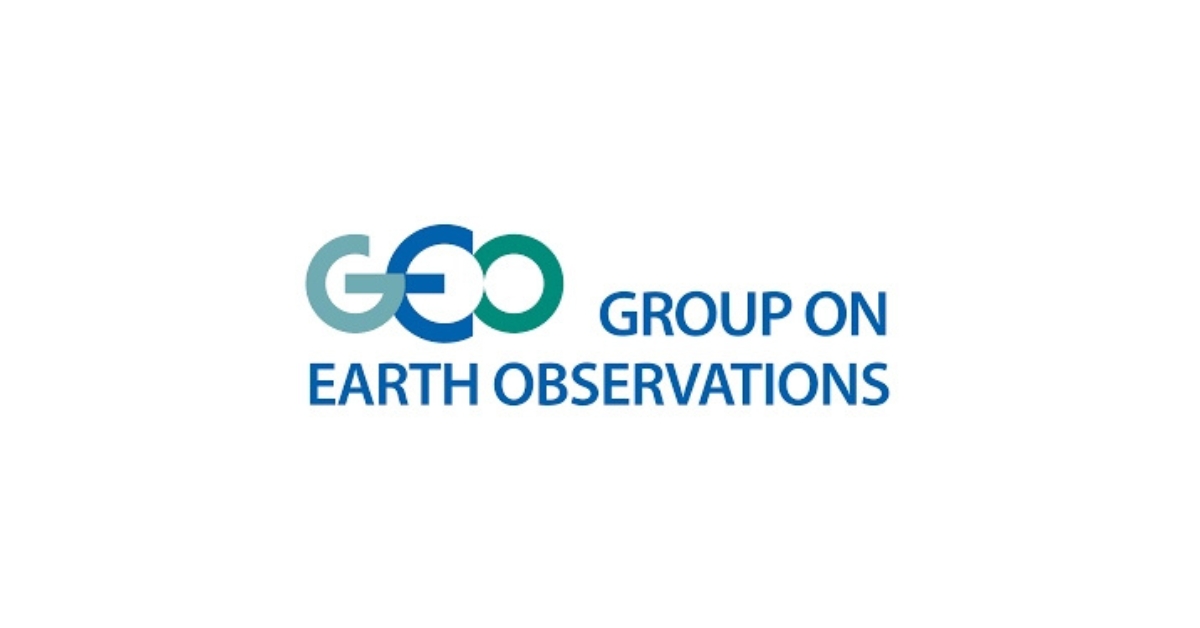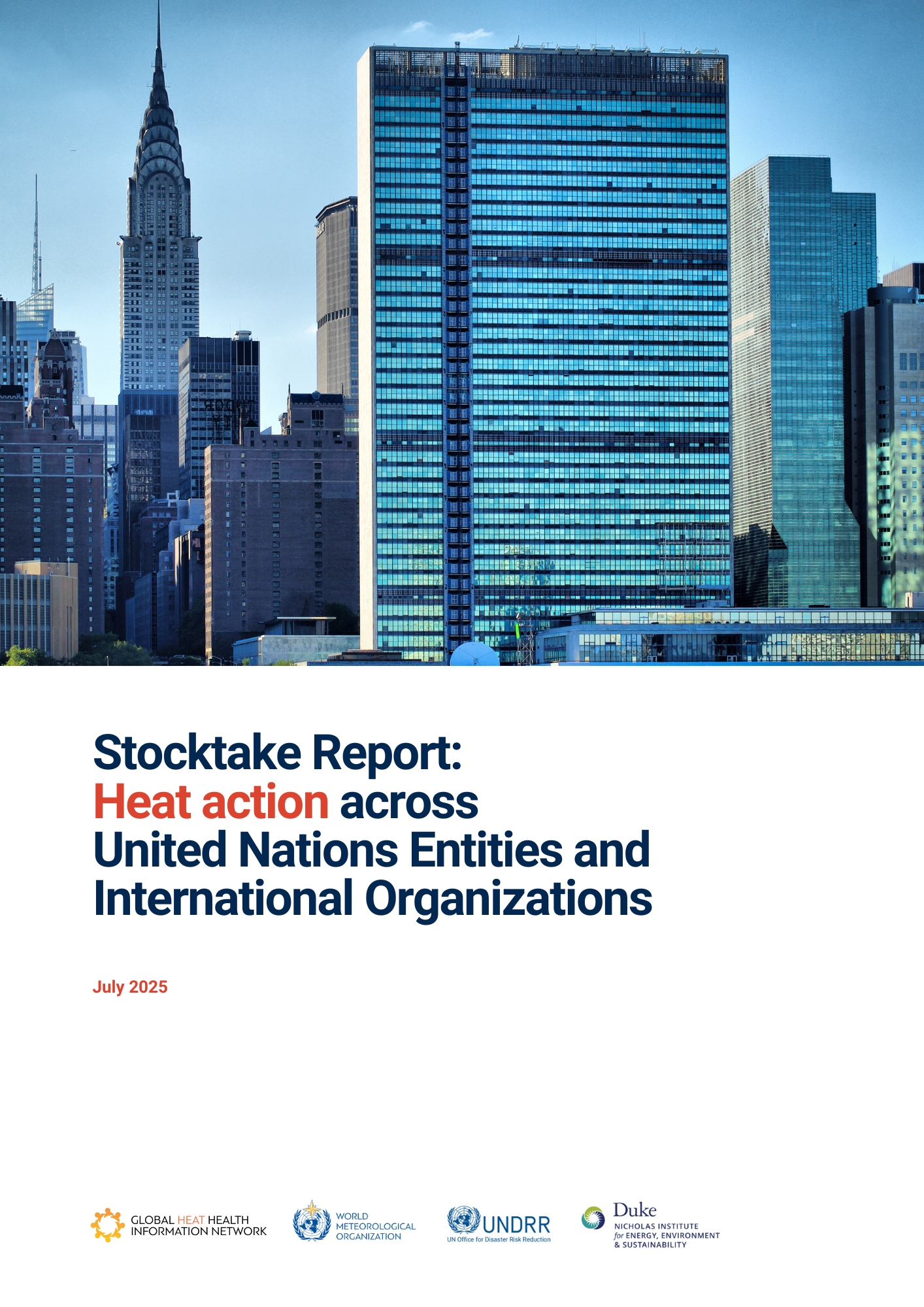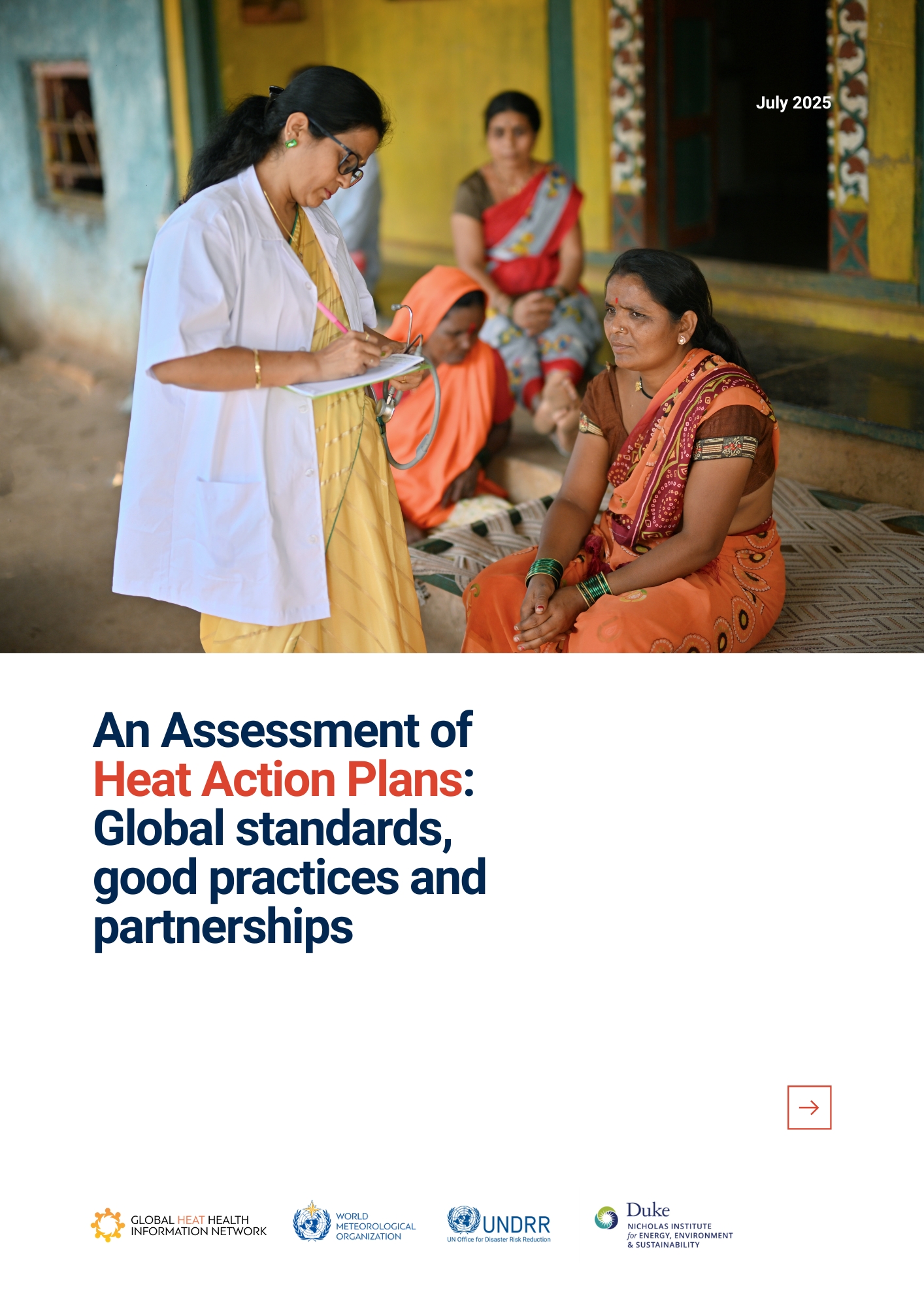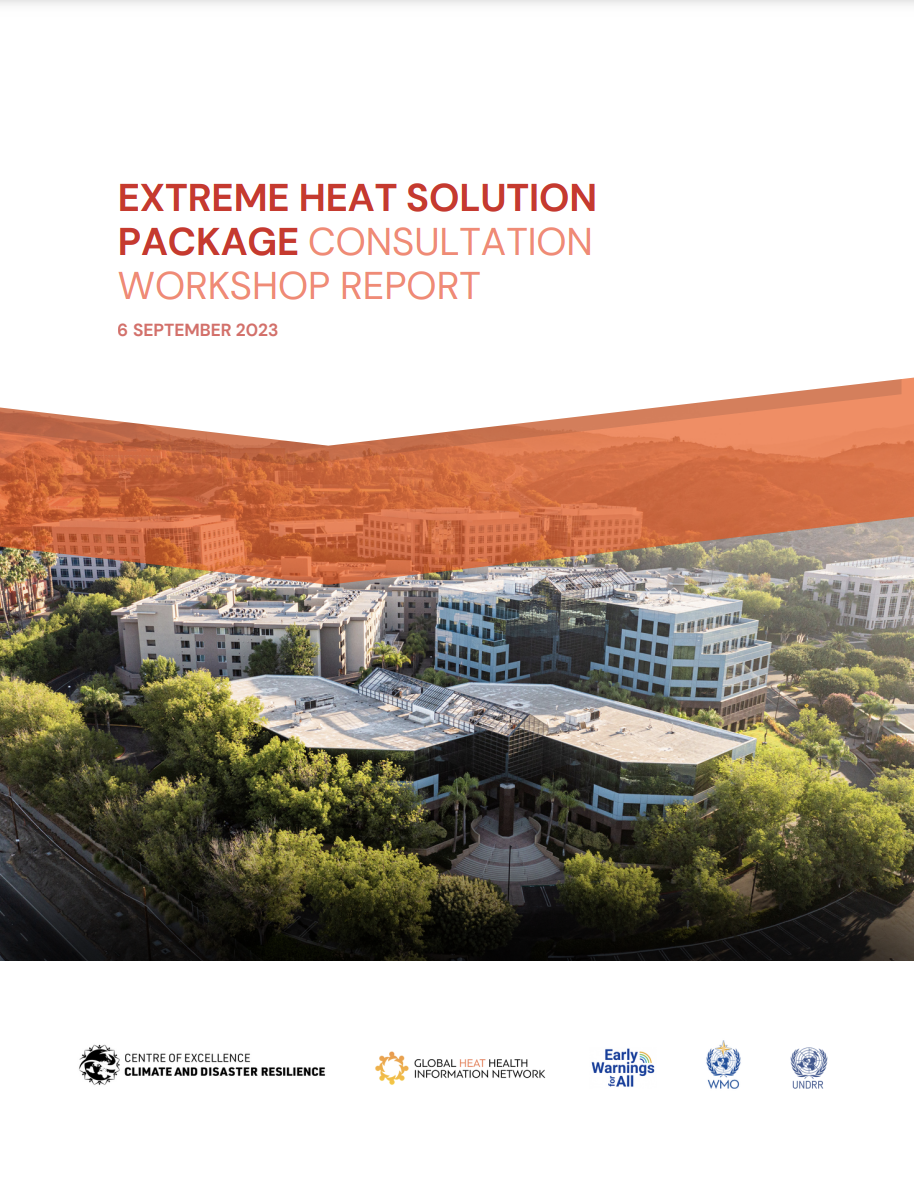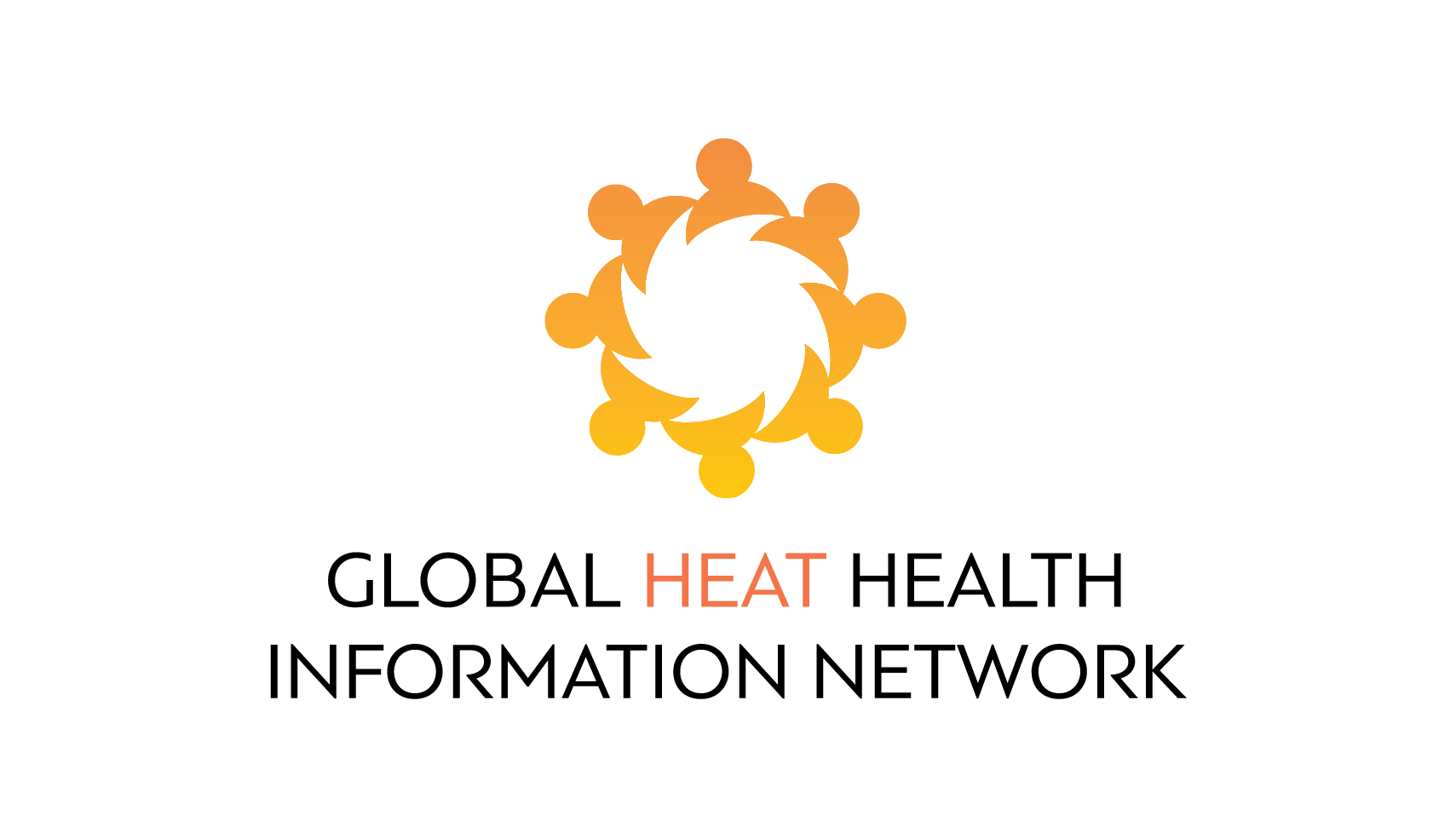
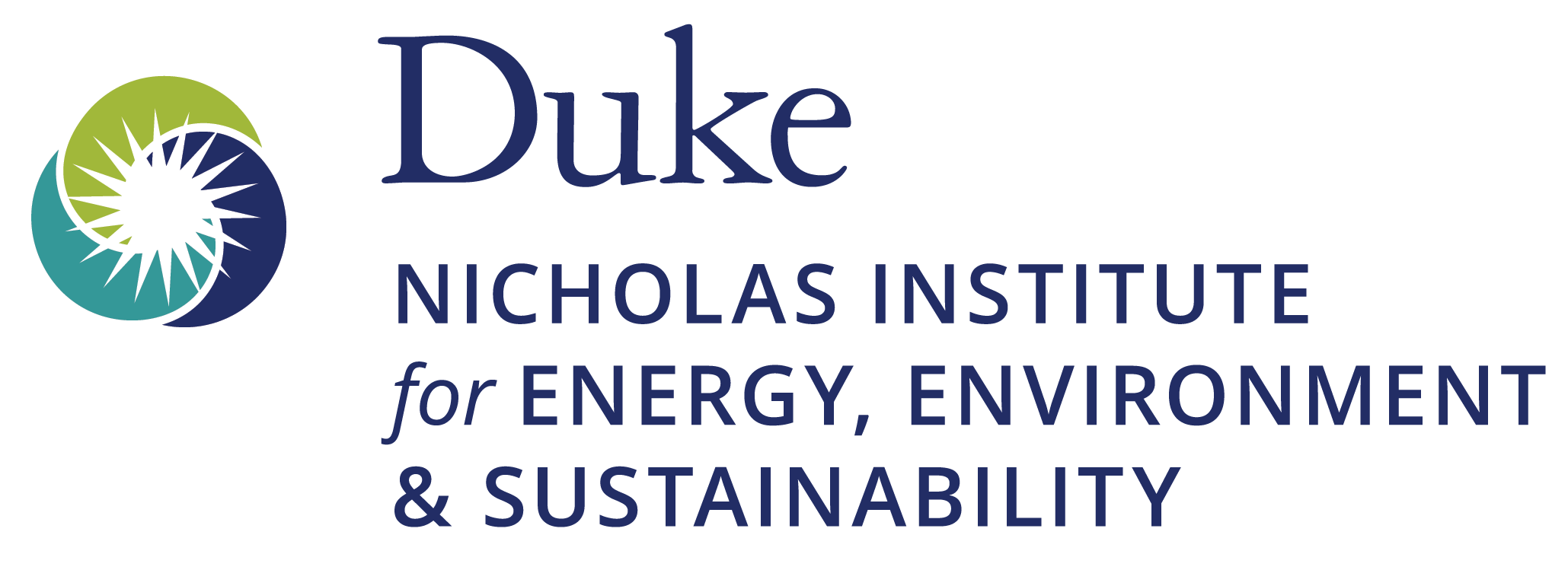


Project Overview
Extreme heat is an urgent global challenge, impacting health, economies, the environment and infrastructure. To strengthen resilience, the Global Heat Health Information Network, World Meteorological Organization (WMO) and the UN Office for Disaster Risk Reduction (UNDRR) partnered with Duke University’s Heat Policy Innovation Hub to develop an Extreme Heat Decision-Support Package to enhance extreme heat risk governance and resilience worldwide.
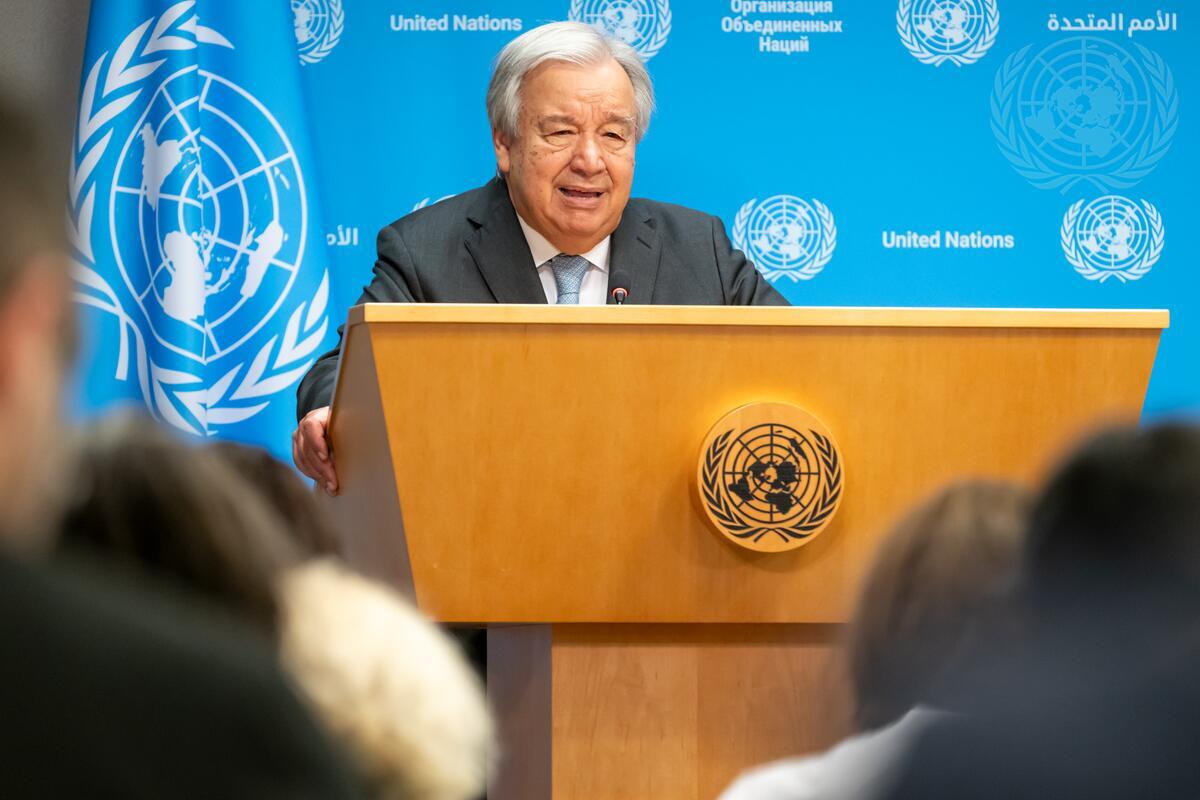
UN Secretary-General Briefs Press on Extreme Heat
UN Photo/Mark Garten
What We’re Doing
Our work aims to:
- Understand current practices and challenges in heat risk reduction policy and practice
- Improve international and multi-sectoral coordination on heat risk reduction
- Strengthen UN and multi-sectoral government capacity to address extreme heat
- Develop actionable tools and resources, notably a Common Framework for Heat Risk Governance to guide policy and action
Key Deliverables
- Global Heat Action Review: Mapping Heat Action Plans, UN and international efforts
- Heat Governance Tools: Maturity models, policy analysis, and good practices
- Case Studies & Heat Action Profiles: Lessons and approaches from international organizations and national and local governments
- Heat Literacy Guide: Common definitions and key concepts
- Global Standards & Evaluation Criteria: A blueprint for stronger heat action plans
What’s Next
- Spring 2025: Development the Common Framework for Heat Risk Governance and other decision-support tools
- June 2025: Release at the Global Platform for Disaster Risk Reduction
- From fall 2025: Testing and dialogue on Heat Risk Governance processes
- Ongoing: Policy recommendations, more case studies and profiles, enhanced international cooperation, and knowledge-sharing initiatives
Why this matters
As heat impacts intensify around the world, the UN Secretary-General has called for urgent, coordinated action on extreme heat. Many organizations and actors are tackling heat risks, but efforts remain isolated and fragmented.
This initiative aims to build a shared understanding and informed approach for achieving more effective and aligned multi-sectoral heat risk governance—helping countries and communities better prepare for rising temperatures.
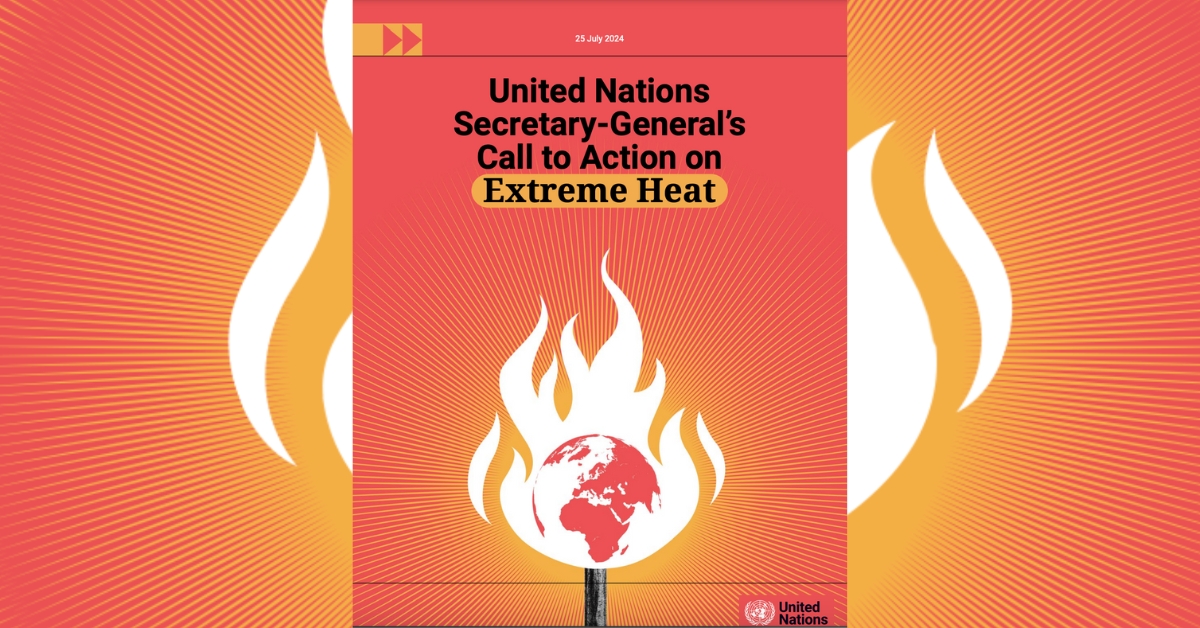
.
.
Heat Action Profiles
Extreme heat is recognized as a critical challenge across all sectors. United Nations and international organizations are responding to Member needs with dedicated strategies, resources, and governance mechanisms that reflect the growing urgency to address heat.
To better understand and elevate these efforts, we conducted a mapping exercise to showcase key findings and action on heat across the United Nations and international organizations. This process resulted in the development of sixteen Heat Action Profiles, each highlighting the specific initiatives, priorities, and contributions of profiled organizations.
Project Documents
Report
GHHIN, WMO, UNDRR, Duke
2025
Report
Global Heat Health Information Network, UNDRR, WMO, Duke Nicholas Institute
2025
Report
GHHIN, WMO, UNDRR, Duke
2025
Meeting Report
GHHIN, WMO, UNDRR, Duke, Global Nation
2025
Concept Note / Agenda
Global Heat Health Information Network
2024
Presentations
Presentations from the technical consultation on extreme heat governance
Global Heat Health Information Network
2024
Report
Centre of Excellence for Disaster and Climate Resilience, GHHIN, WMO, WHO
2023
Call to Action
United Nations
2024
Project team
Project Leads
Joy Shumake-Guillemot
Lead, Global Heat Health Information Network and
WMO-WHO Joint Office for Climate and Health
Ashley Ward
Director, Heat Policy Innovation Hub
Nicholas Institute for Energy, Environment & Sustainability
Duke University
Marc Gordon
Senior Coordinator of the Midterm Review of the Sendai Framework
UNDRR
Daniela Cuellar Vargas
Programme Officer
WMO
Collaborating Partners
UN AGENCIES AND INTERNATIONAL ORGANIZATIONS
- Group on Earth Observations (GEO)
- Food and Agriculture Organization (FAO)
- International Federation of Red Cross / Red Crescent Societies (IFRC)
- International Labour Organization (ILO)
- International Organization for Migration (IOM)
- International Science Council (ISC)
- United Nations Children’s Fund (UNICEF)
- United Nations Development Programme (UNDP)
- United Nations Education, Scientific and Cultural Organization (UNESCO)
- United Nations Environment Programme (UNEP)
- United Nations High Commissioner for Refugees (UNHCR)
- United Nations Human Settlements Programme (UN-HABITAT)
- United Nations Office for Disaster Risk Reduction (UNDRR)
- United Nations University (UNU)
- United Nations World Food Programme (WFP)
- World Health Organization
- World Bank
- World Meteorological Organization (WMO)
COUNTRIES
- Argentina
- Australia
- Bangladesh
- Canada
- Ecuador
- Egypt
- France
- India
- Senegal
- South Korea
- United Kingdom
- United States
-
The content and materials presented on this page were developed by the Global Heat Health Information Network in partnership with the WMO-UNDRR Centre of Excellence for Climate and Disaster Resilience and Duke University’s Heat Policy Innovation Hub, as a contribution to the United Nations Secretary-General’s Call to Action on Extreme Heat (2024).
-
This content been published with the support of the World Meteorological Organization (WMO). The opinions, findings, interpretations, and conclusions expressed in this article are those of the authors and do not purport to reflect the opinions of WMO or its Members.
